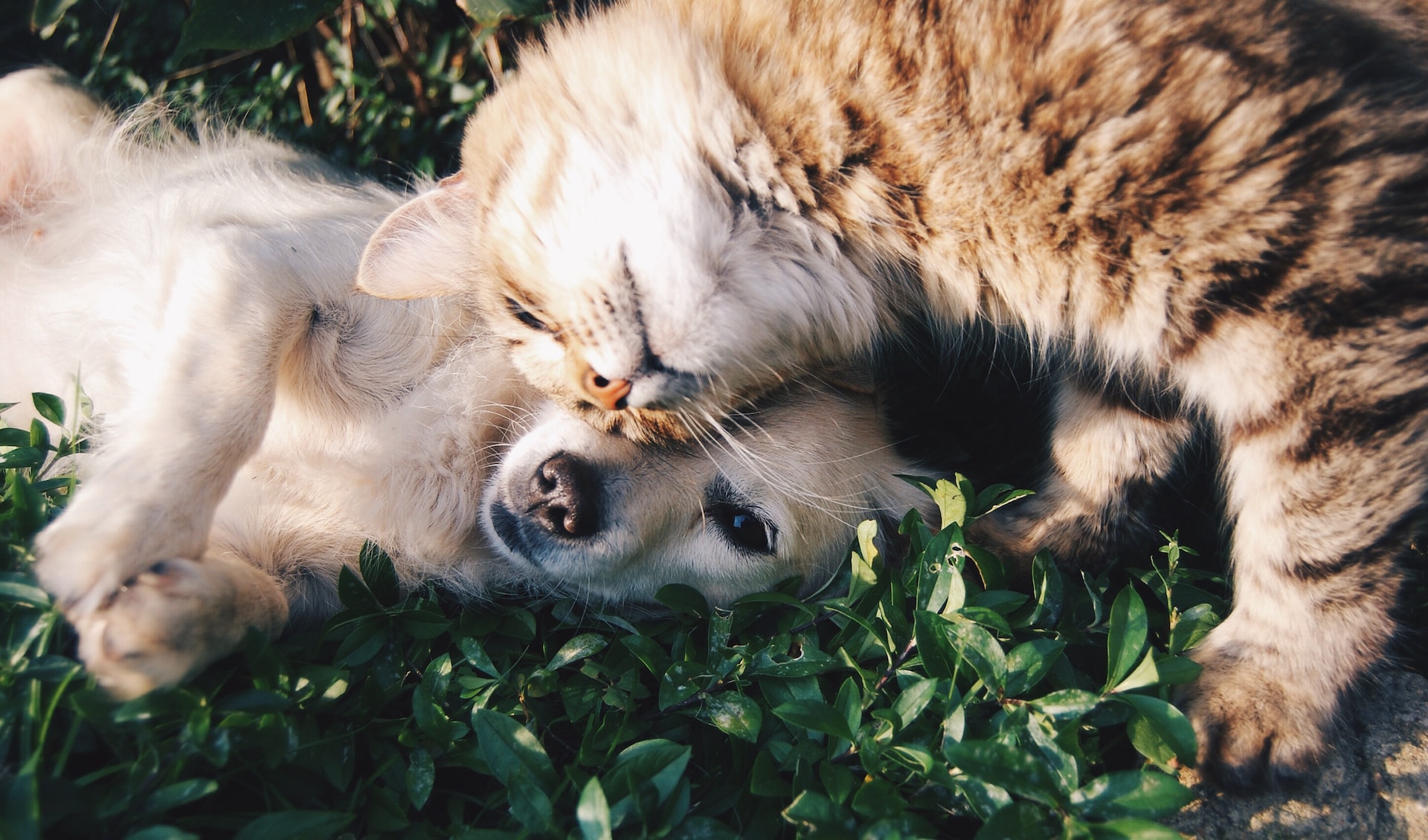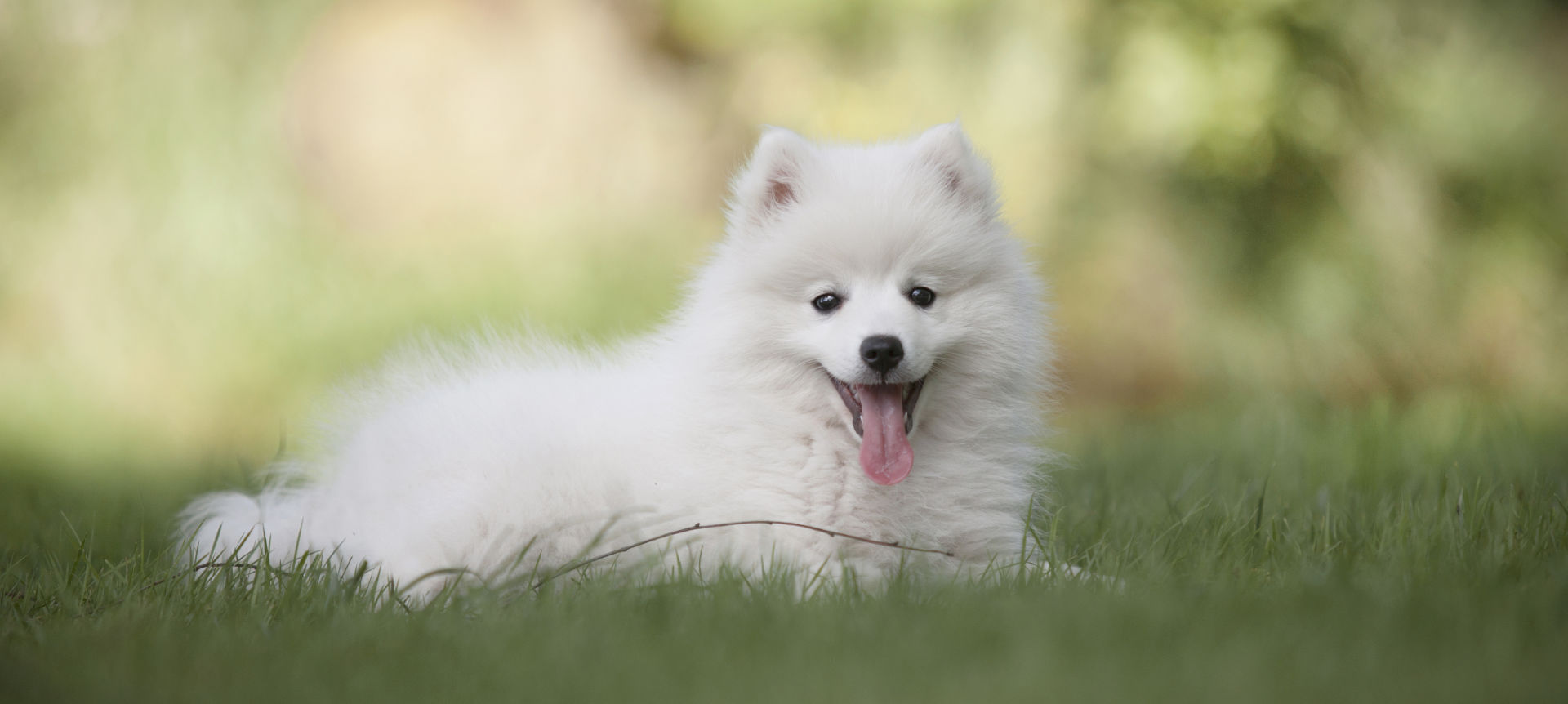
21 Sep Plaque, Tartar, and Calculus in Dogs and Cats; Understanding, Prevention, and Treatment
As pet owners, we strive to provide our furry friends with the best care possible, including when it comes to their oral health. Just like in humans, many dental problems can affect dogs and cats, leading to discomfort, pain, and potential health issues. In this blog, we will explore the common dental issues in pets: plaque, tartar, and calculus. We will discuss what each of these is, how they form, and how to differentiate between them. Additionally, we’ll delve into the various treatment options available to maintain your pet’s dental health.
Plaque
Plaque is a biofilm made up of bacteria, saliva, and food particles that forms on the teeth of both dogs and cats. It is the initial stage of dental disease and typically appears as a thin, sticky, and colorless film on the tooth surfaces. Plaque is a breeding ground for harmful bacteria, which can lead to oral health problems if left untreated.
Formation of Plaque: Plaque forms when bacteria naturally present in the mouth combine with food particles and saliva. As your pet eats, sugars and starches in their food provide nourishment to the bacteria, allowing them to multiply and adhere to the teeth. Over time, this bacterial colonization leads to the development of plaque.
Recognizing Plaque: Identifying plaque in your pet’s mouth can be challenging since it is nearly invisible. However, some signs may indicate its presence, such as bad breath (halitosis), which is especially noticeable when your pet exhales, and a slimy or sticky feeling on their teeth.
Tartar (Dental Calculus)
Tartar, also known as dental calculus, is the next stage of dental disease and is a more advanced form of dental plaque. Unlike plaque, tartar is a hardened deposit that can’t be easily removed with regular brushing or chewing.
Formation of Tartar: Tartar develops when plaque is not adequately removed from the teeth and hardens due to mineralization. Calcium and other minerals in the saliva combine with the plaque, causing it to calcify and turn into a hard, yellowish-brown substance. Tartar buildup usually starts near the gumline and can spread across the tooth’s surface.
Recognizing Tartar: Tartar is easier to spot than plaque because it forms a visible, rough, and gritty deposit on the teeth. You may notice a yellow or brownish color on your pet’s teeth, especially near the gumline. Tartar buildup is often associated with gum inflammation and may contribute to bad breath.
Calculus
Dental calculus is the most advanced stage of dental disease and is a severe form of tartar. It poses significant risks to your pet’s oral health and overall well-being.
Formation of Calculus: Calculus is essentially an accumulation of mineralized tartar that continues to build up on the teeth. Over time, this buildup can encase the teeth entirely, leading to severe dental problems such as tooth decay, gum disease, and even tooth loss.
Recognizing Calculus: Calculus appears as thick, hard, and crusty deposits on the teeth, often extending well below the gumline. It can make your pet’s teeth appear discolored and may cause severe gum inflammation. Pets with calculus may experience pain, difficulty eating, and increased drooling.
How to Differentiate Between Plaque, Tartar, and Calculus
Understanding the differences between these dental issues is crucial for proper treatment and prevention:
- Plaque: Plaque is a soft, sticky film that adheres to the teeth and is virtually invisible. It can be removed with proper dental care and brushing.
- Tartar (Dental Calculus): Tartar is a hardened, visible deposit on the teeth, often appearing yellow or brown. It requires professional dental cleaning to remove.
- Calculus: Calculus is an advanced form of tartar, characterized by thick, crusty deposits extending below the gumline. It poses the highest risk and necessitates immediate veterinary intervention.
Treatment Options for Plaque and Tartar in Dogs and Cats
Maintaining your pet’s oral health is essential to prevent dental issues from progressing to more severe stages. Here are some treatment options for plaque and tartar affecting cats and dogs:
- Regular Dental Care at Home:
-
- Brushing: Regular brushing of your pet’s teeth with pet-specific toothbrushes and toothpaste is the most effective way to prevent plaque buildup. Start slowly and make it a positive experience for your pet.
- Dental Chews and Toys: Provide dental chews and toys designed to help remove plaque as your pet chews and plays. Look for products approved by veterinary associations.
- Dental Rinses and Gels: Some products can be added to your pet’s water or applied directly to their teeth to help reduce plaque formation.
- Professional Dental Cleaning:
-
- If your pet already has tartar buildup, professional dental cleaning by a veterinarian is necessary. This procedure is performed under anesthesia and involves scaling and polishing the teeth to remove tartar and restore oral health.
- Some pets may require dental cleanings every 6-12 months, while others may need them less frequently based on their individual needs and susceptibility to dental issues.
- Prescription Dental Diets:
-
- Specialized dental diets formulated to reduce plaque and tartar buildup are available. These diets often have larger kibble sizes and a unique texture that promotes mechanical cleaning of the teeth as your pet chews.
- Dental Treats and Supplements:
-
- Dental treats and supplements are designed to support oral health. They can help reduce plaque and tartar formation when used in combination with other dental care measures.
- Oral Health Check-ups:
-
- Regular check-ups with your veterinarian can help catch dental issues early. Your vet can assess your pet’s oral health and recommend appropriate treatments or interventions.
Preventing Plaque, Tartar, and Calculus
Maintaining good oral health in dogs and cats is essential for their overall well-being. Understanding the differences between plaque, tartar, and calculus, and how they form, is the first step in preventing dental problems. With regular home dental care, professional cleanings, and a well-balanced diet, you can ensure that your beloved pet enjoys a happy and healthy smile throughout their life. Remember, always consult with your veterinarian for personalized advice on your pet’s dental care needs.
For more information on dental cleanings, visit our website at: https://vetdentistwi.com/services/pet-dental-cleanings/
Images used under creative commons license – commercial use (9/21/2023). Photo by Krista Mangulsone on Unsplash


